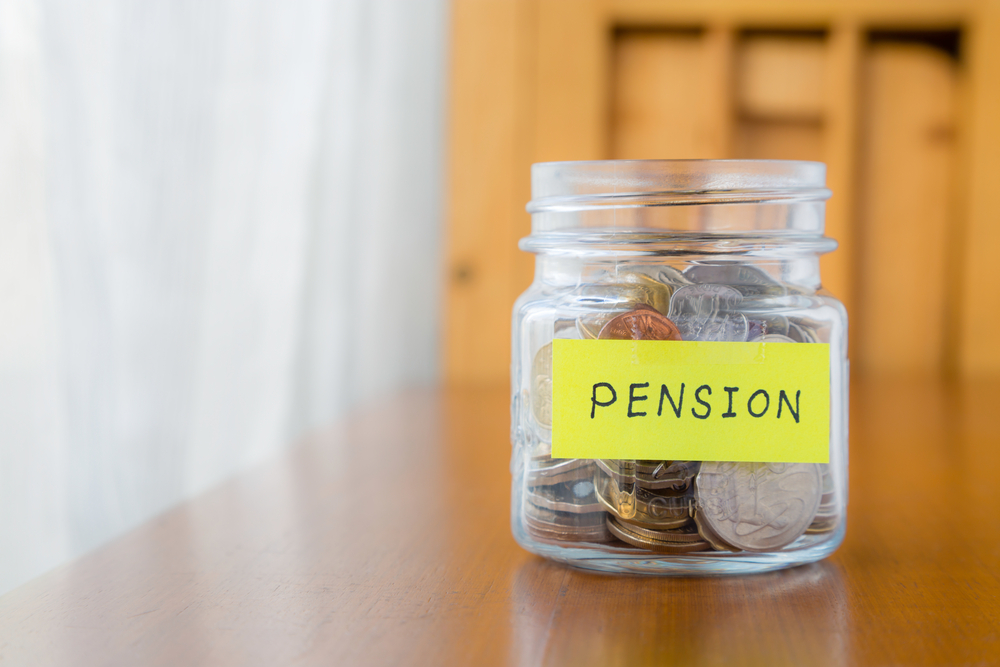News
How this rule change could boost your pension pot by £55k

The average UK worker will see their spending power fall by £30 per month, following a pension rule change in April. However, this investment could ultimately provide a £55,000 boost to your pension.
From 6 April of this year, auto-enrolment pension contributions are set to increase from 5% to 8%. This will comprise of a 5% contribution from employees and 3% from employers.
It is a move that will cause the average worker’s pay packet to fall by £30 per month, which is what the average household spends on eggs, milk, cheese and chocolate.
Over the course of a year, the average employee will pay £905 into a pension. However, when top-ups from HMRC and their employer are factored in, this equates to £1,810.
While the government’s auto-enrolment initiative has resulted in an extra 10 million workers saving into a pension, employees are able to opt out if they wish to.
However, after the contribution rate rose to 5% in April 2018 – fears of a spike in opt-outs proved to be unfounded. Whether employees stomach the latest contribution increase remains to be seen.
For those who are able to, paying in an extra £30 per month to a workplace pension could ultimately boost its value at retirement by half, equating to an extra £55,000 for someone on average earnings, according to Hargreaves Lansdown.
The investment platform has calculated that if an individual aged 22 started contributing to their workplace pension at the current level of 5%, their pension pot would be estimated to total £94,308 by the age of 68.
However, after you factor in the contribution level increase to 8%, this would leave them with a pension pot of £150,893 at the same age.
Persevere with the increase
Nathan Long, senior analyst at Hargreaves Lansdown, welcomes the positive changes that have been brought about by auto-enrolment and urges workers to persevere with the oncoming contribution increase. However, he believes the government should not rush to raise contributions further.
“Auto-enrolment is a little like a cheap balloon at a kid’s party. The more you inflate, the better it gets, but at some point it cannot take anymore.
“The focus now needs to switch to getting people to understand how paying in more personally or improving their investment returns may boost their income or allow early retirement, rather than forcing them to pay more in automatically,” he explained.